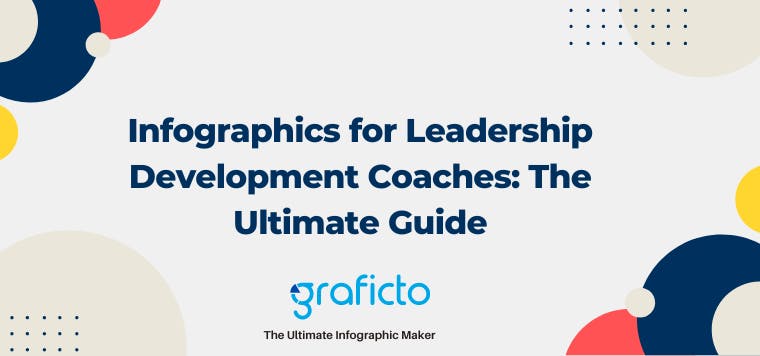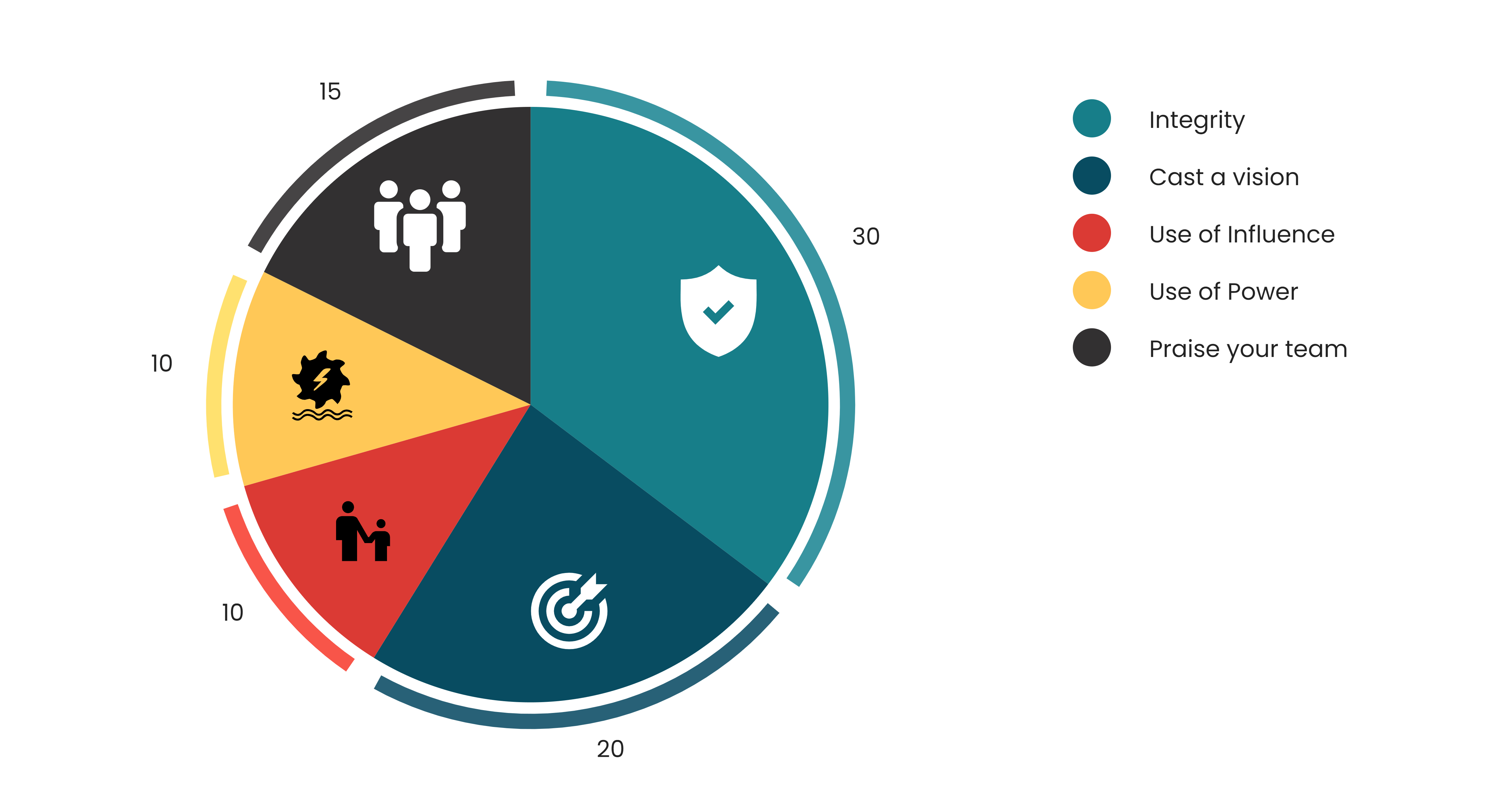Introduction
The use of infographics in leadership development coaching is becoming increasingly popular around the developed world. They can help coaches to explain complex topics, make content more accessible and enhance the creativity of their presentation, publication, or any other media they are using. Infographics can also be used to tell stories that speak to different learning styles and encourage engagement with the audience they're designed for. Here are some tips on how you can create effective infographics that satisfy your necessities as a coach or a public speaker.
1. Infographics Are Immersive
Infographics are a visual way to present data. They are succeed in gaining and retaining the audience’s attention as they make any subject easy to understand, making them an ideal tool for educational purposes. They can be used as a self-sufficient tool which is a great resource for teachers, public speakers, or development coaches.
Furthermore, infographics make content more accessible. Infographics are easier to understand, more memorable, and more shareable. They can also be used as a supplement to other forms of content, such as blog posts and white papers. They’re an easy way to get readers interested in learning more about your brand or a specific topic, which can lead to links back to your site and increased search engine optimization (SEO).
2. Infographic Templates Encourage Creativity
Templates can be a great starting point for your own infographic. For example, you may want to use the same template as your client or employer but make some changes in order to create something unique. You can also use templates of other people's work as an inspiration and see what they did differently from the original source material.
It is important that you do not follow these templates blindly, instead, mix and match elements from different sources until you find something that works for you personally and something which fulfills your targets.
3. Infographics Can Explain Complex Topics Simply
Infographics are a great way to explain complex topics. A good infographic can help you explain a topic in an easy-to-understand way, and it's important for any leader, leadership coach, and trainer.
Infographics are also very useful for teaching new concepts or ideas, which can be especially useful if you're trying to teach leadership skills but don't have much experience with the subject matter yourself or even if you are trying it for the first time.
For example: If someone asks me about how leaders should communicate effectively with their teams which happens all the time, I might give them an example like "Say something helpful." Then after they've read that sentence through once or twice, we'll talk about what exactly makes something helpful so they'll know what they should really say next time someone asks them how they should communicate effectively with their teams.
4. Infographics Speak to Different Learning Styles
Infographics are a great tool for helping people to learn new things. Not only for learning but also they can be used to teach, reinforce and inform any forms of information in various ways. Below is an example of an infographic that speaks to different learning styles.
Visual learners can interpret information visually, while auditory learners will hear it first before reading or listening.

Kinesthetic learners prefer physical activity and linguistic learners enjoy reading text-based material such as articles on websites or books written by experts in their field.
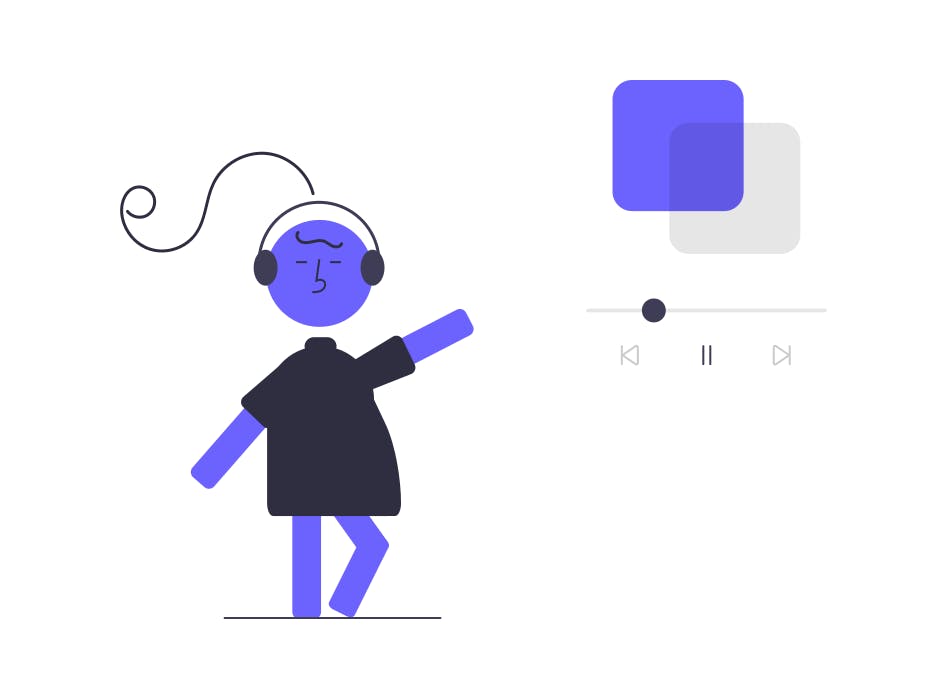
Logical learners prefer facts that come in neat little packages with clear rules for how things work and sometimes even statistics.
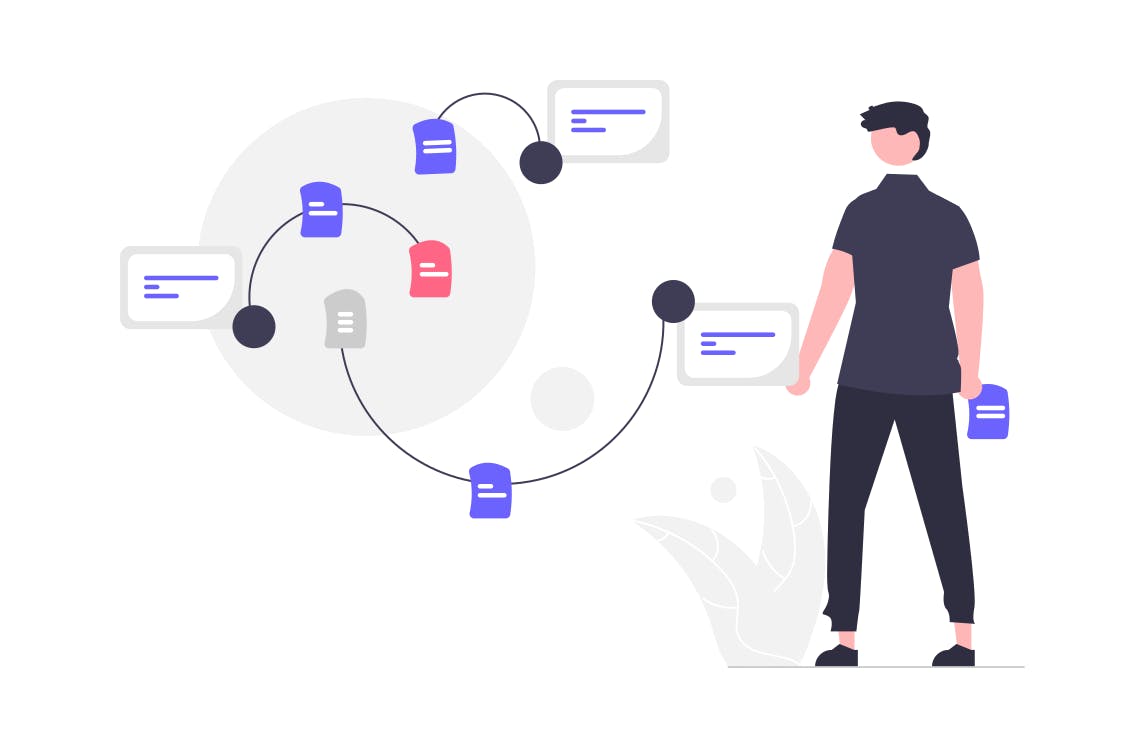
The key is if you are a teacher, a trainer, or a coach, firstly, you should understand what type of learner you have got to educate and generally their scope of understanding and their learning styles. By doing small research prior, you can design your content accordingly.
5. Why Leadership Development Coaches Must Use Infographics in Coaching Sessions
Infographics are a great tool to use in coaching sessions because they are a great way to communicate complex concepts, make information accessible, and explain complex topics simply. In fact, infographics have become the frequently used visual communication medium for many people that want their content shared with an audience of any size. As you may already know, there are several different types of infographics that can play a well supportive role in coaching. As an example, it is possible to emphasize charts that break down data in graphical form so it can be easily understood by both coaches and clients alike. And also, in the instance of a slideshow presentation, display multiple images/videos side-by-side on one slide so viewers can easily follow along at a glance or even listen. At the same time, they read, enabling the audience to understand what you are trying to teach them in an interesting method.
6. Benefits of Using Infographics During Leadership Development Coaching Sessions
Infographics provide leaders with the opportunity to understand complex topics in a way that is easy to grasp and share. They often allow people who are not experts in the field, such as your clients, to make better decisions by aligning their personal values with those of the organization they represent, for example, "Do you want to start a new entrepreneurship now or not?".
Infographics are an effective way for organizations and communities alike to spread information about their mission or purpose, whether it be raising awareness about environmental issues, promoting sustainable development practices within businesses globally, or simply informing people on how much money they've saved after switching from paper checks/direct deposit payments into online bill payers.
Tips to Create The Best Infographic for Leadership Development Coaching Sessions
- Use a template: If you are using a template, it will be easier to create an infographic that looks professional and attractive. You should pick the appropriate template style that matches your requirement to deliver a successful output.
- Use a storyboard: A storyboard is an organized visual representation of your presentation's content, including text and images, in order to illustrate what you want to say on the topic at hand. The advantage of using this method is that it allows you to see how everything fits together before writing any words or creating any graphics, which means less wasted time later on.
- Use an infographic guidebook or a manual: An infographic guidebook contains all kinds of information about infographics, how they should be made, how they can help people learn new things faster than ever before, which tools should be used when creating them, etc. Furthermore, these types of manuals can help teachers and coaches teach their students or clients about infographics so they know what works best for each person's learning style without having experience themselves.
- Focus on the purpose and the content you wish to demonstrate on each Infographic: First of all, know the subject matter well with regard to your creation. Then choose the extent of data that should be included in the infographic. Incorporate only the relevant information, avoiding unnecessary or repeating data. After creating the infographic design, double-check the accuracy of the data presentation comparing your initial purpose.
- Keep it simple: Ensure your visual data presentation is not overloaded or cluttered with information. Too much information on one surface will distract the clarity of the message that you are trying to deliver. Hence, strategically arranging the information would enhance attraction and preserve the purpose of having an infographic instead of a lengthy description or tons of raw data.
- Analyze your audience prior: As a coach or a leadership trainer, you should understand your audience or your trainees thoroughly. The best way is to have a small group discussion prior or even sending an online questionnaire would help you in a big way to get an idea about the IQ level, their scope of understanding, and the best learning methods that suit them.
Top Web Application of Infographics to Use During Leadership Development Coaching Sessions
There are so many applications that have been introduced to guide and support you in customizing an infographic by yourself. Among many of them, Graficto has been renowned as a well-known application around the world for easy accessibility, user-friendliness, and for its freely available massive built-in library. Graficto comprises the cool feature of automatic adjusting, which is not existing in other infographic tools. So, you only have to focus on the content and keep adding or removing the data to the template that you've selected. Graficto will instantly adjust the templates accordingly. Furthermore, it allows users to customize the templates with their color pallet. To be tallied with their branding or theme colors. More importantly, it is a free online resource that is available to make your life as a teacher, trainer, or coach easier.
Graficto helps you to create any of your infographic requirements easily. As an example, if you wish to explain a process, then you can select and elaborate your data in a flow chart-type template. If you intend to present a list of data on one particular topic or element, then you can pick one list-type infographic from the hundreds of given templates. Likewise, if the information required to present compares two or a few types, then that can be easily projected to your ordinance via a comparison-type infographic. Some sample infographic templates are given below for your reference.
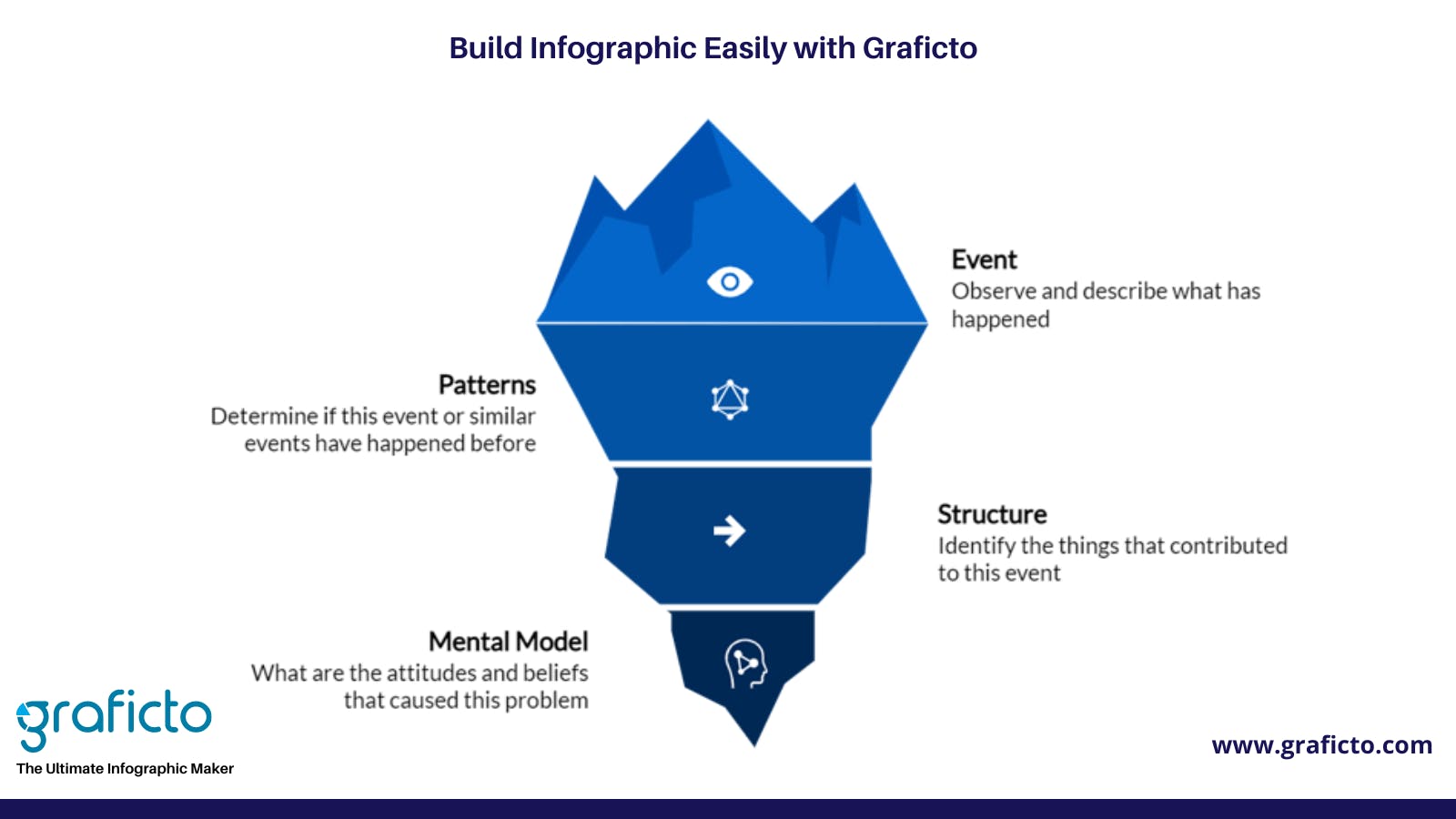
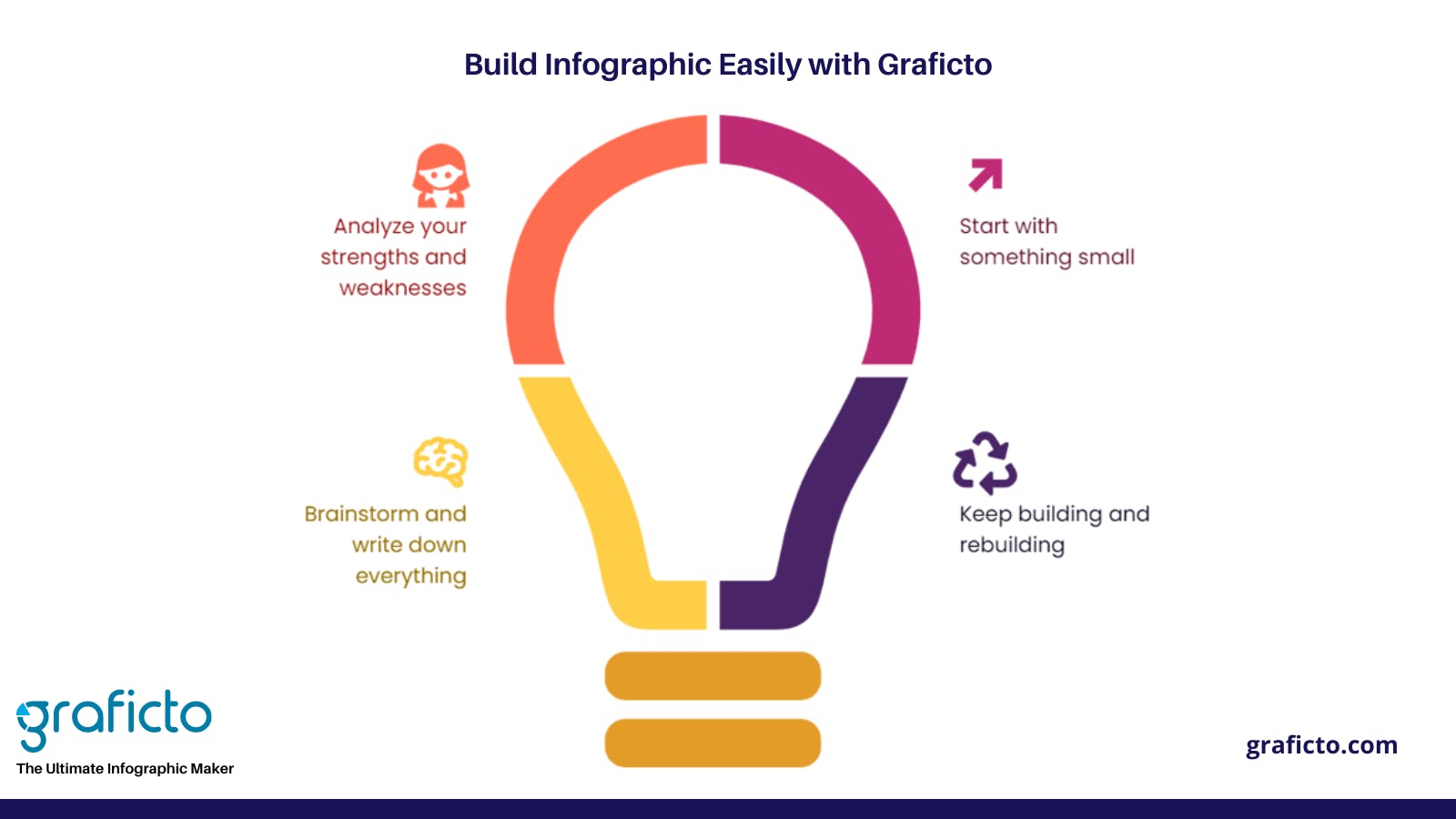
Conclusion
Infographics are a great tool to help people learn new things and train them in new dimensions of their life. They can be the best tool for leadership development sessions and coaching sessions with your clients or trainees. As they can deliver the messages in handy, infographics are an effective way for coaches to communicate their findings about the topic at hand and how it relates to their clients' needs.
Moreover, an infographic successfully attracts and retains the audience's attention, so it can be identified as a powerful tool for creating awareness around an issue or personal aspect. They can inspire people to action, give them an overall understanding of the big picture and every relevant small unit’s information regarding their lifestyle or a complicated issue, and offer them opportunities for collaboration with others who care about the same things. Thus, infographics can be introduced as an essential tool for leadership development coaches to use in their coaching sessions or even in any digital or printed material.
